Korean BBQ has become an international sensation, captivating taste buds around the globe. Bursting with flavors, this unique dining experience offers a variety of succulent grilled meats, vibrant side dishes, and an atmosphere that fosters communal dining. In this article, we'll delve into the essence of Korean BBQ, explore its cultural significance, and provide you with a comprehensive guide on how to make your own mouth watering Korean BBQ feast.
Understanding Korean BBQ
Korean BBQ refers to the method of grilling various meats, typically beef, pork, or chicken, at the table. The preparation and cooking techniques used in Korean BBQ allow for a remarkable combination of flavors and textures. While the meats take center stage, Korean BBQ is not complete without an array of accompanying side dishes called banchan, which complement the grilled meats and enhance the overall dining experience.
A Brief History
Korean BBQ can be traced back centuries to ancient Korean dynasties when royal families and the upper class indulged in elaborate feasts. However, it gained popularity among the general public after the Korean War when soldiers adopted the grilling techniques they had encountered during their time abroad.

Essential Meats for Korean BBQ
A variety of meats can be enjoyed in Korean BBQ, with some of the most popular choices being bulgogi (thinly sliced marinated beef), galbi (beef short ribs), samgyeopsal (pork belly), and dak-galbi (marinated chicken). Each meat has its own unique flavor profile and requires specific cooking times and techniques to achieve optimal taste and tenderness.
Key Ingredients and Marination
The secret to the delectable flavors of Korean BBQ lies in the marinade. Traditional Korean BBQ marinades typically consist of soy sauce, sesame oil, garlic, ginger, sugar, and various spices. Our Asian inspired Pow Pow Marinade is an excellent way to get these flavors all in one bottle! These ingredients infuse the meats with a harmonious blend of sweet, savory, and smoky flavors. To ensure maximum tenderness and flavor penetration, it is advisable to marinate the meats for at least a few hours, or preferably overnight.
The Grilling Experience
Korean BBQ is typically enjoyed using a grill placed at the center of the table, allowing everyone to participate in the cooking process. The meats are grilled over an open flame, infusing them with a smoky and charred flavor. As the meats sizzle, the aromas fill the air, creating an enticing atmosphere. You can achieve all of this at home on your grill too!
Side Dishes (Banchan)
Korean BBQ is incomplete without an array of banchan, which are side dishes served alongside the grilled meats. Banchan includes kimchi (fermented cabbage), pickled vegetables, japchae (stir-fried glass noodles), ssamjang (a spicy dipping sauce), and more. These side dishes add complexity, freshness, and a burst of flavors that complement the richness of the grilled meats.
Pro Tips for Hosting a Korean BBQ Feast
- Ensure you have a well-ventilated area or an outdoor grill to manage the smoke.
- Use thinly sliced meats for faster and more even cooking.
- Prepare a variety of banchan to provide a diverse range of flavors and textures.
- Encourage your guests to try different combinations of meats, sauces, and side dishes to discover their preferred flavor combinations.
Korean BBQ is more than just a meal; it is a sensory experience that combines the art of grilling with communal dining. The harmonious flavors, vibrant side dishes, and interactive nature of Korean BBQ make it a popular choice for gatherings and celebrations worldwide. By following the steps outlined in this guide, you can recreate the magic of Korean BBQ in the comfort of your own home. So gather your friends and family, fire up the grill, and embark on a culinary adventure that will leave everyone craving for more.
Happy Grilling!

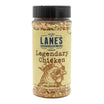
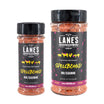
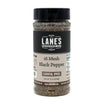
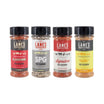

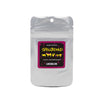
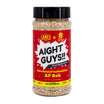
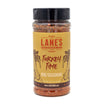

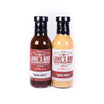
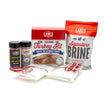

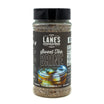
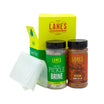


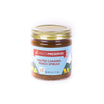







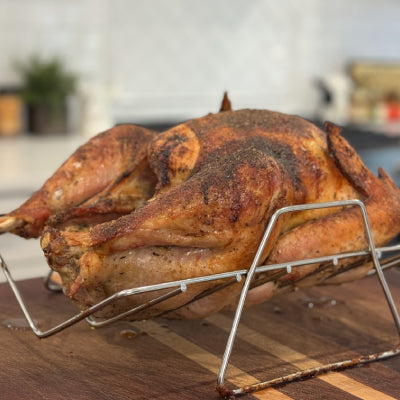
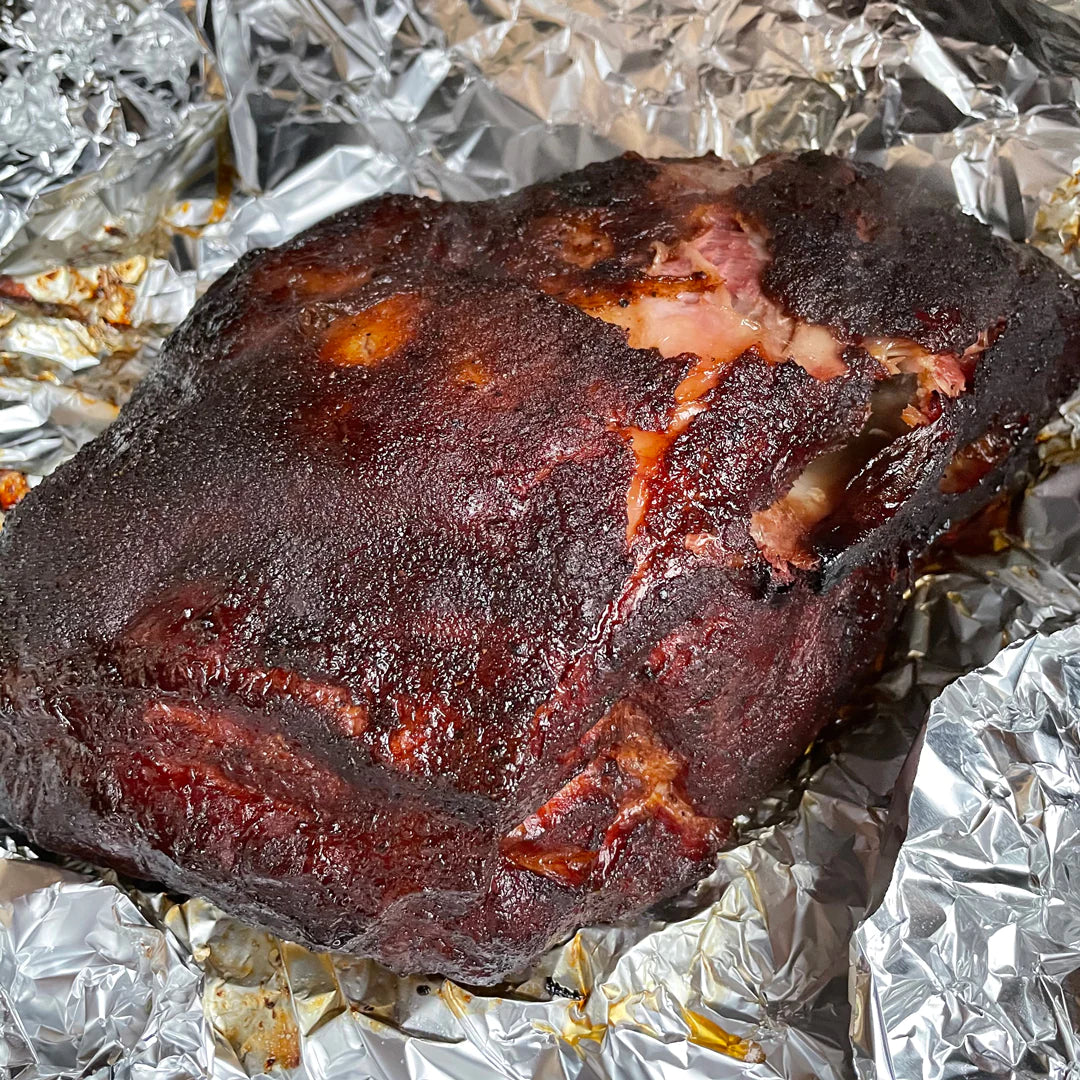


1 comment
RONI
I have to say, Lane’s BBQ’s Kimchi Rub really caught my eye 👀!
As a Korean, it feels both familiar and exciting at the same time. 🇰🇷🔥
I love that you’re bringing Korean flavors to BBQ!
I don’t want to sound pushy, but if you’d ever like a little ‘insider tip’ from someone who grew up with these flavors every day, I’d be happy to share 😉.
Leave a comment
All comments are moderated before being published.
This site is protected by hCaptcha and the hCaptcha Privacy Policy and Terms of Service apply.